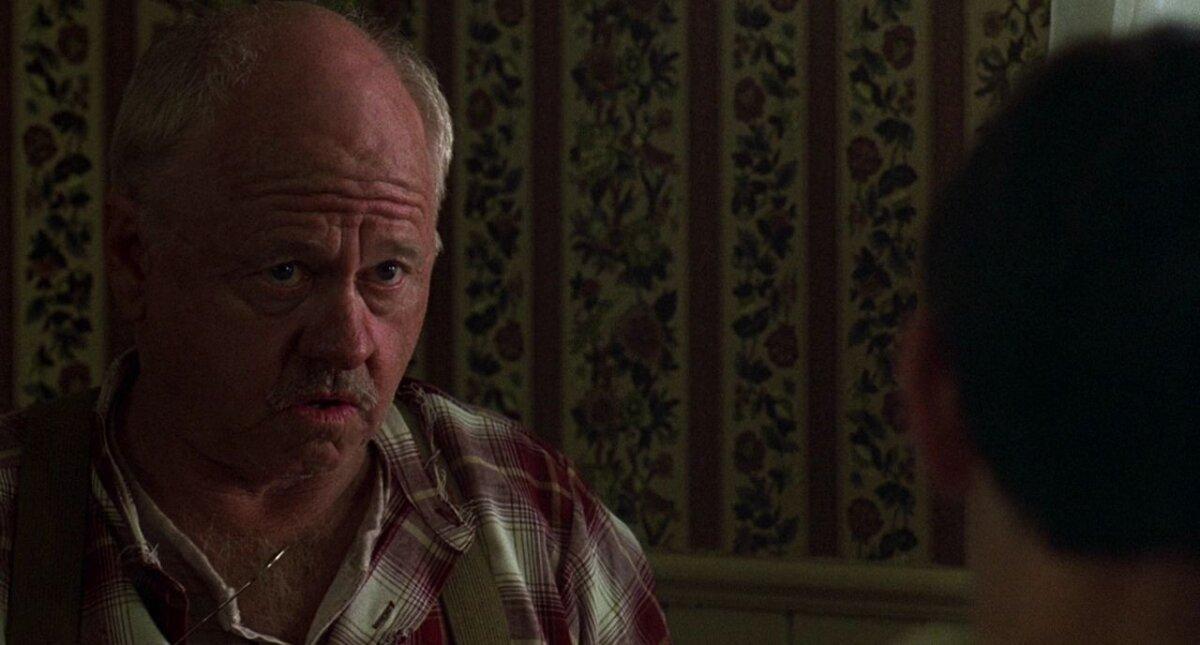G | 1h 58m | Drama | 1979
This film, about the mystical bond between a boy and his horse, draws on Walter Farley’s novel set in the 1940s.
Preteen Alec Ramsey (Kelly Reno), a dreamy, soft-spoken, only child, accompanies his father, Mr. Ramsey (Hoyt Axton), on a steamer sailing off the coast of North Africa. Mid-sea his father gifts him a pocketknife and the figurine of a stallion. That’s when Alec befriends a fierce, but majestic black stallion (played by a champion Arabian stallion from Texas, Cass-Ole) held captive on board by Arab traders. Alec nicknames him “The Black.”

A storm downs the ship and all in it, except boy and horse. Alec wields his knife to free the tethered stallion three times. First on board, from the hold. Then underwater, from the steamer’s sinking wreckage, and finally on land, from treacherous rock formations on a deserted island near Italy, where boy and horse are marooned. There, surviving on seaweed, sunshine, and a spot of serendipity, the grateful stallion sheds a shade of his savage side, allowing Alec to grab him by the mane and ride him bareback.
Rescued by Italian fishermen, Alec is reunited with his mother in America, Mrs. Ramsey (Teri Garr), grieving her husband’s death, but grateful to have her son back.
Certain of The Black’s untamed uniqueness, Alec fancies racing him on a racecourse. Enter ex-jockey Henry Dailey (Mickey Rooney), who shows Alec and his anxious mother that it takes more than spontaneous bonding to pit “a desert horse” against thoroughbreds. Watching tiny Alec atop The Black as it thunders across a test track, Henry’s buddy warns only half-jokingly, “Too much horse for your boy.” Unfazed, Henry trains Alec, then sets up a big race with champion stallions.

Farley, raised to love and train horses, and served as consultant on the film, which marks at least two debuts—Carroll Ballard’s as film director and 13-year-old Reno’s as an actor. Legendary animal trainer Corky Randall, whose father trained horses in the chariot-race scene in “Ben-Hur” (1959), trains Cass-Ole and the stunt horses here.

Cinematographer Caleb Deschanel makes characters out of mere things, all adding to Mr. Ballard’s storytelling. Alec and The Black’s catch-me-if-you-can on the island mirrors all the mischief, playfulness, fear, and trust that any warm relationship involves. In the evening on the seashore, a silhouetted Alec coaxes The Black to sample seaweed, while the sinking sun turns red as if jealous of the growing warmth between boy and beast. In the morning, shallow waves like silver bullets, spray The Black’s magnificent hide as it gallops, Alec astride. Later, on the racecourse, it is sand that flares up like gunshots enveloping every landing hoof.
A Myth Comes Alive
Axton lends life to the legend as he tells a wonderstruck Alec of Alexander the Great and his trusted horse Bucephalus. The screenwriters hint at Farley’s allegory: Alec, a barely concealed reference to the boy Alexander, who teaches a once-wild horse not to fear his own shadow. Through mutual acceptance and respect, not a breaking or bending of its will, the conqueror king renders his stallion, an extension of himself.
Farley’s point? You won’t achieve what you might if you balk at your shadow, a symbol of the impact you’re having in the world. The only way to conquer fear is to embrace it as a means to your goal, to grab it by the mane, and to ride it bareback as it were, harnessing its urgency, its coiled-up tension, its energy, and even its desperation.
Not that the shadow disappears, but it takes on new meaning, powering you ahead, not holding you back. Then, you and your metaphorical horse cast a bigger shadow: black, and strong enough to leave your most daunting detractors in the dust.
Alan Splet must have had some inkling of this amplifying effect. He won a special Oscar as sound editor, attaching microphones to the horse to capture its hoofbeat, heartbeat, and breath.

Try this. During the climactic race, close your eyes. Doesn’t that lone horse, taking the bend at nearly 45 mph, sound like a hundred?







